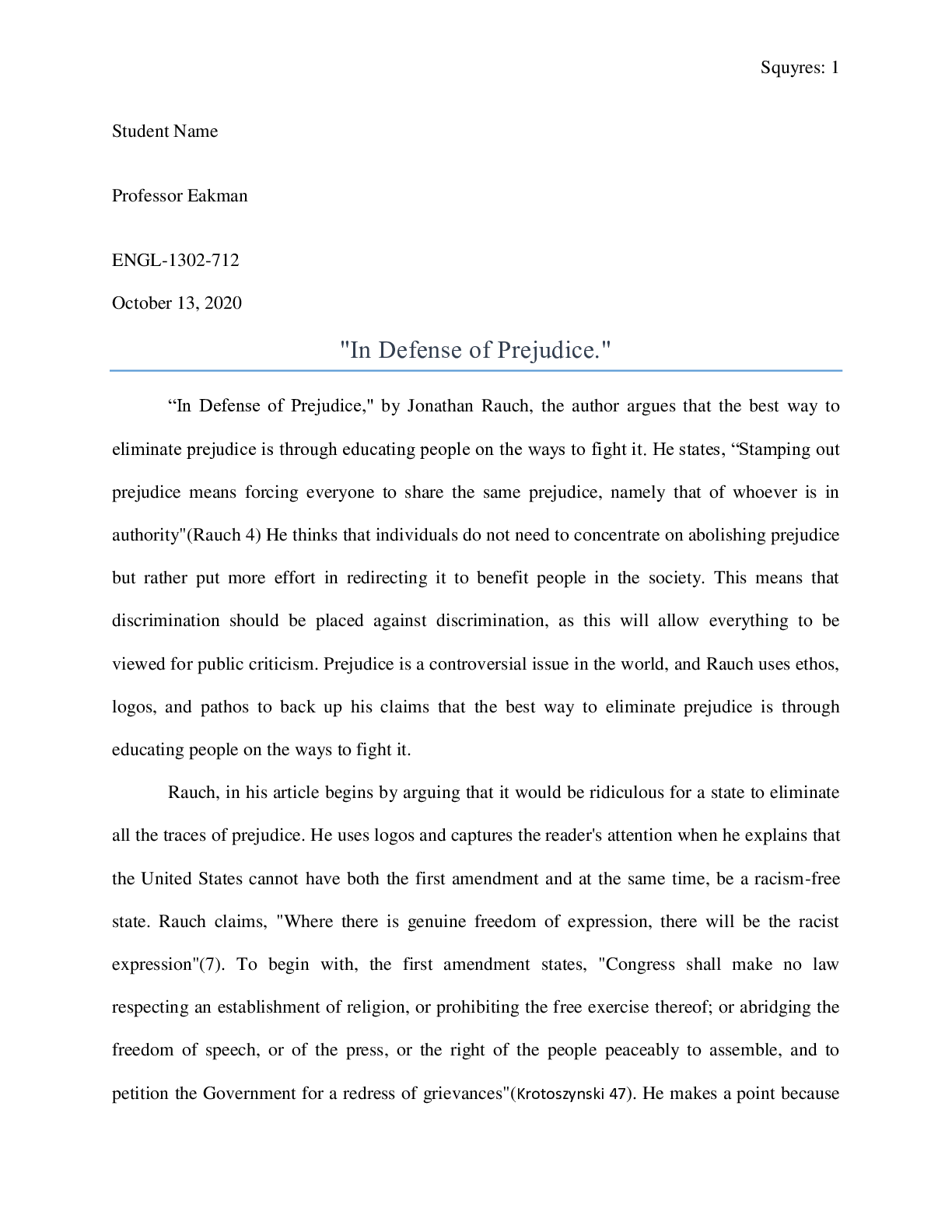History > ESSAY > Philip Gould- The rise, development, and circulation of the slave narratives PDF document (All)
Philip Gould- The rise, development, and circulation of the slave narratives PDF document
Document Content and Description Below
Abstract In the late eighteenth century, important cultural and philosophical changes facilitated the rise of antislavery movements. These developments are rich, complex, and usually fall under the r... ubric of “Enlightenment” ideology. The historian David Brion Davis has identified three of them. One was the rise of secular social philosophy, based on humanitarian principles and contractual terms for human association and government, found in such thinkers as Baron Montesquieu and John Locke, which drastically narrowed the traditional Christian rationale for slavery as the natural extension of the “slavery” of human sin.1 Another important development was the rise of sentimentalism in the eighteenth century, which, related to evangelical religion, popular fiction, and urban cultures of refinement, raised the importance of the virtues of sympathy and benevolence as well as the cultural refinement accompanying them. A third development, especially important in the 1790s, was the proliferation of more radical and revolutionary ideas about natural rights vis-` a-vis state and social forms of authority. The slave narrative first emerged during the 1770s and 1780s in the context of these transatlantic political and religious movements which shaped the genre’s publication history, as well as its major themes and narrative designs. These late eighteenth-century works reveal what Paul Gilroy calls the “transcultural international formation” of the “Black Atlantic”-that fluid geographical area encompassing the West African littoral, Britain, British America, eastern Canada, and the Caribbean-through which black subjects traveled as free persons and as slaves.2 The conditions and contexts for publishing these early narratives were in many ways unique. Evangelical Christian groups often sponsored and oversaw their publication. By the 1780s, new political organizations, like the English Society for Effecting the Abolition of the Slave Trade (1787) and the Pennsylvania Abolition Society (1775/1784), dedicated to the abolition of the slave trade, also played a role in encouraging and publishing these narratives. [Show More]
Last updated: 1 year ago
Preview 1 out of 17 pages
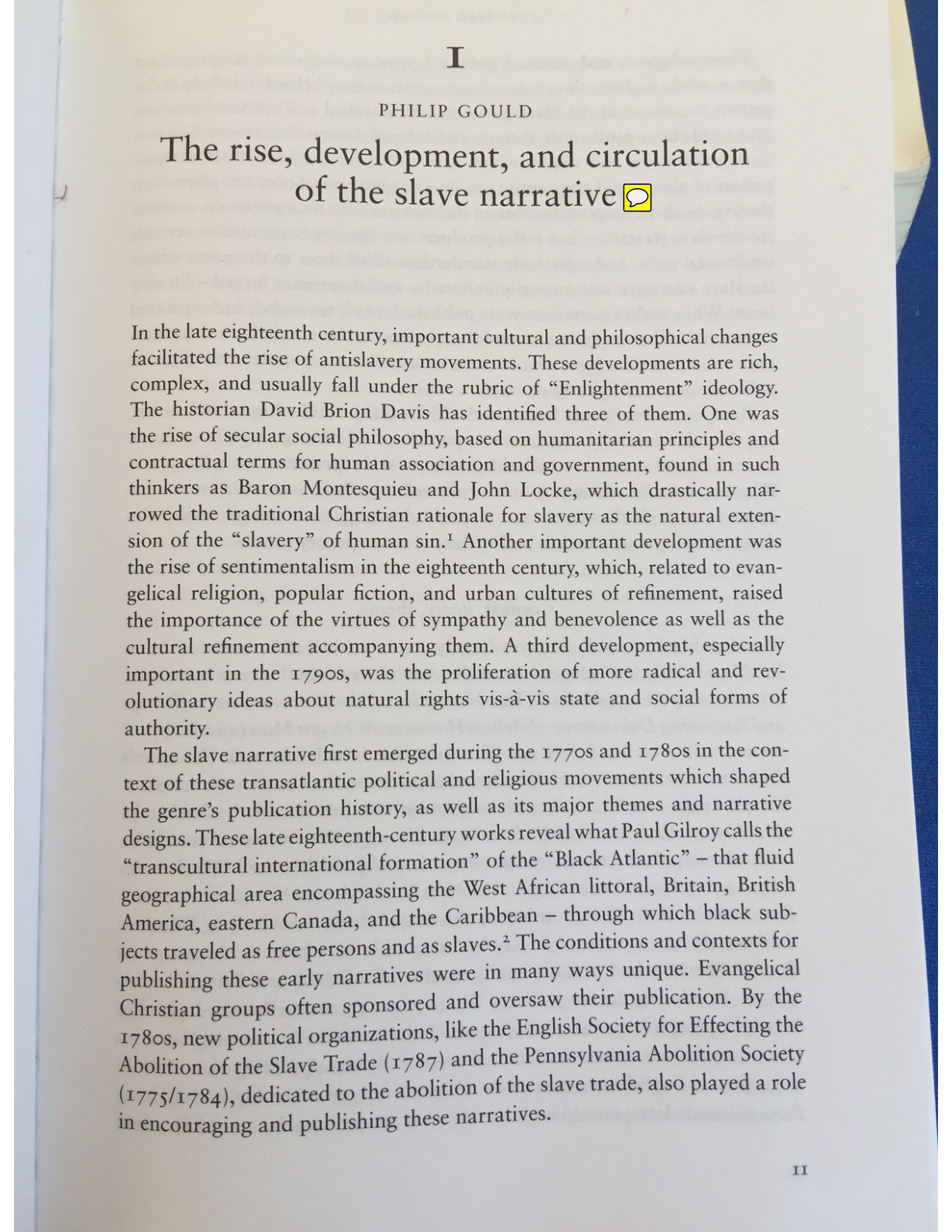
Buy this document to get the full access instantly
Instant Download Access after purchase
Add to cartInstant download
We Accept:

Reviews( 0 )
$9.00
Document information
Connected school, study & course
About the document
Uploaded On
Nov 24, 2019
Number of pages
17
Written in
Additional information
This document has been written for:
Uploaded
Nov 24, 2019
Downloads
0
Views
209

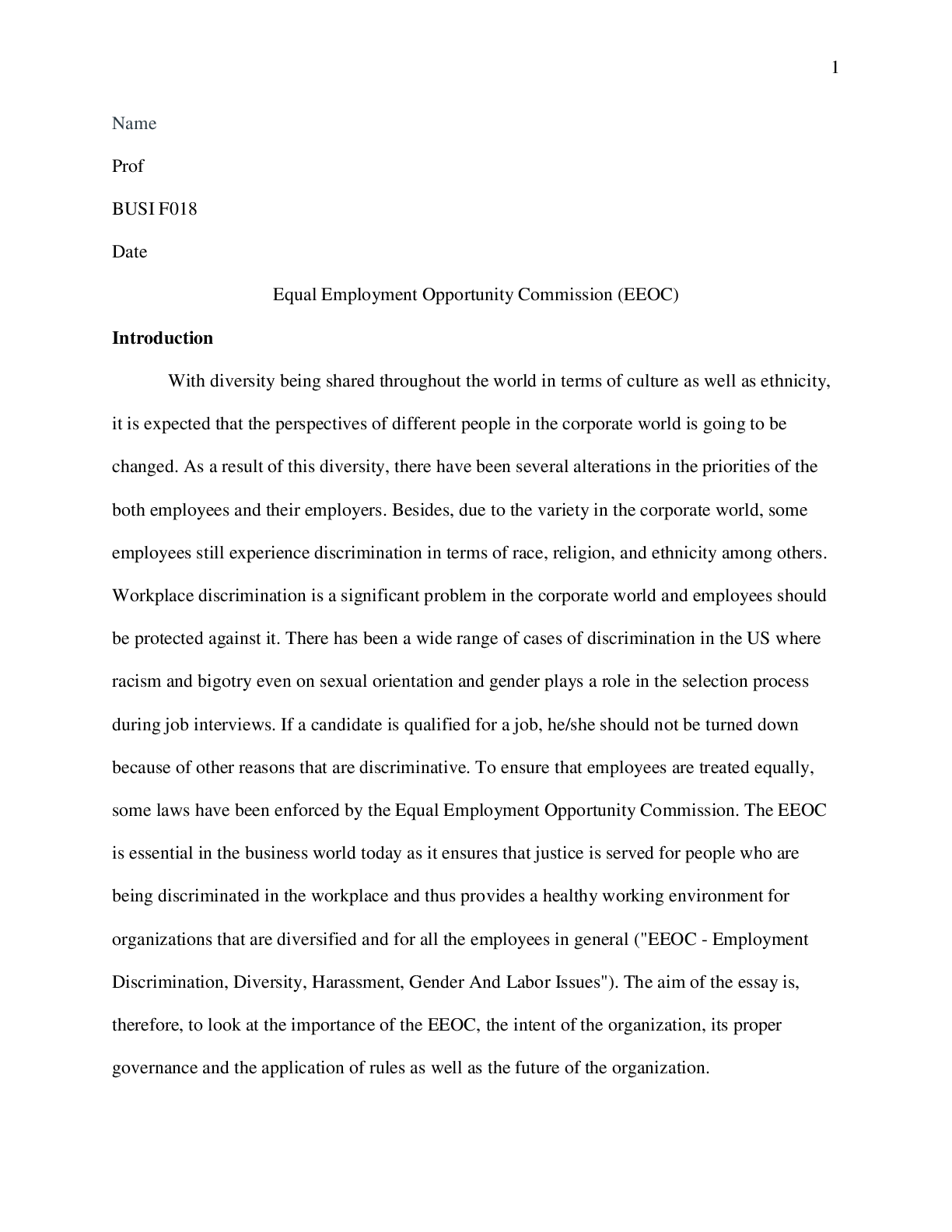

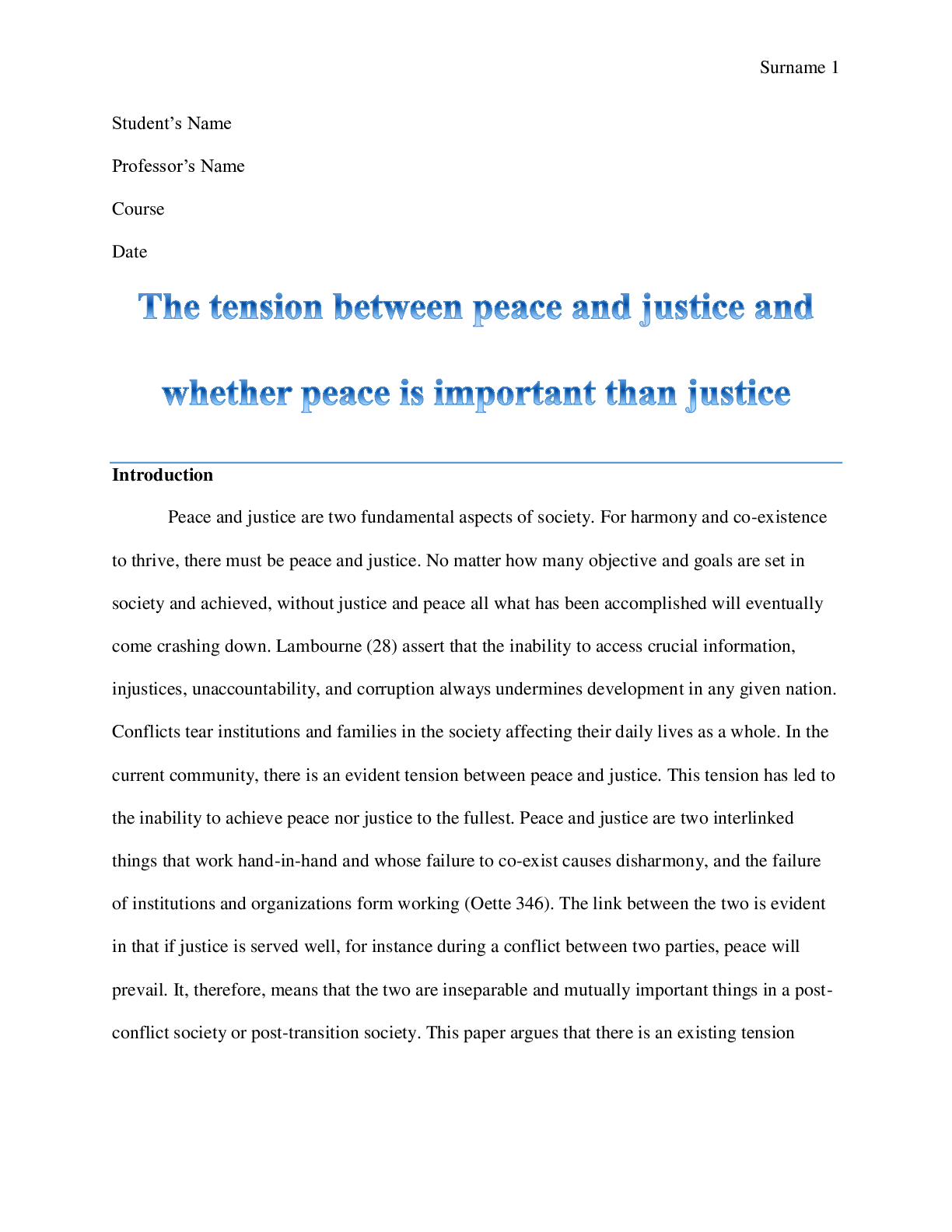
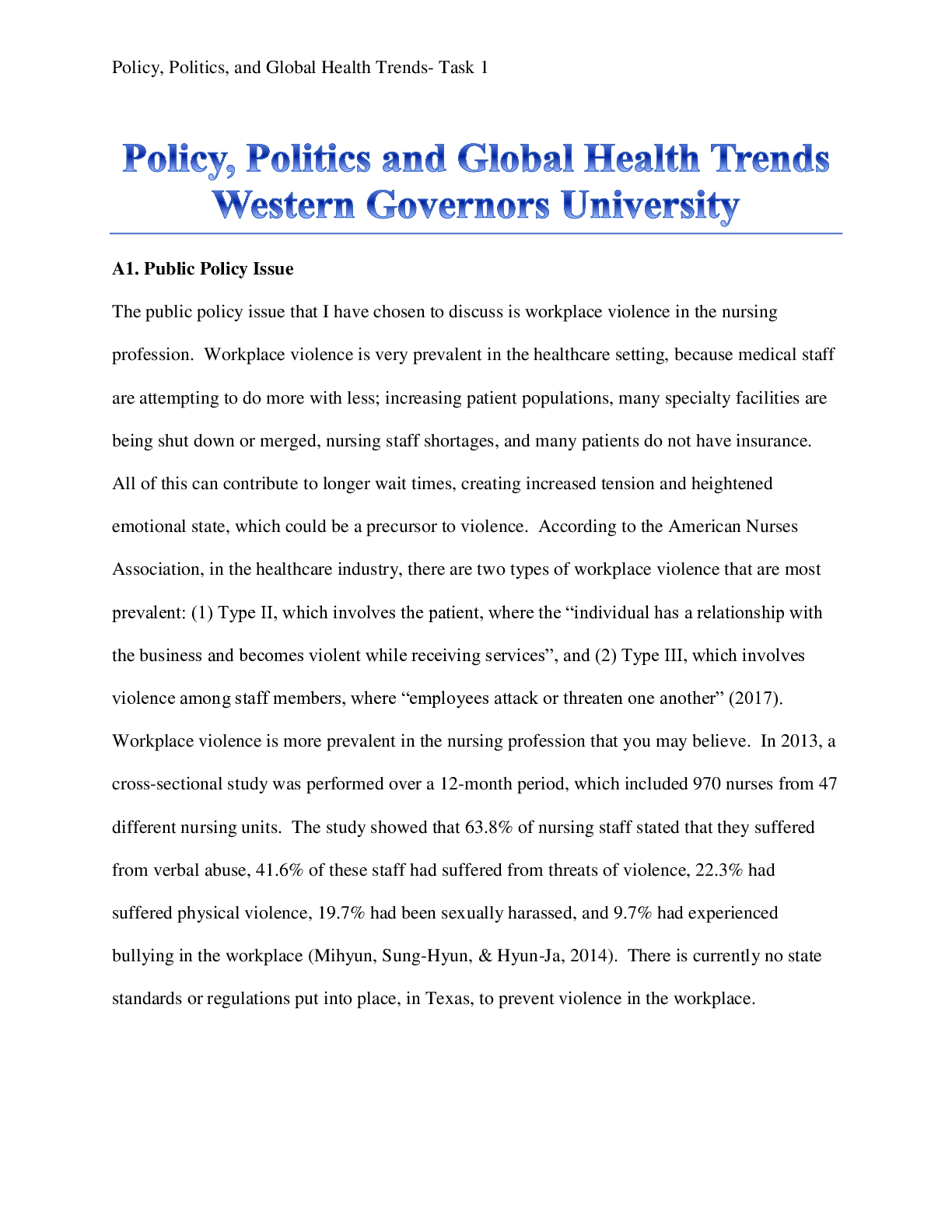

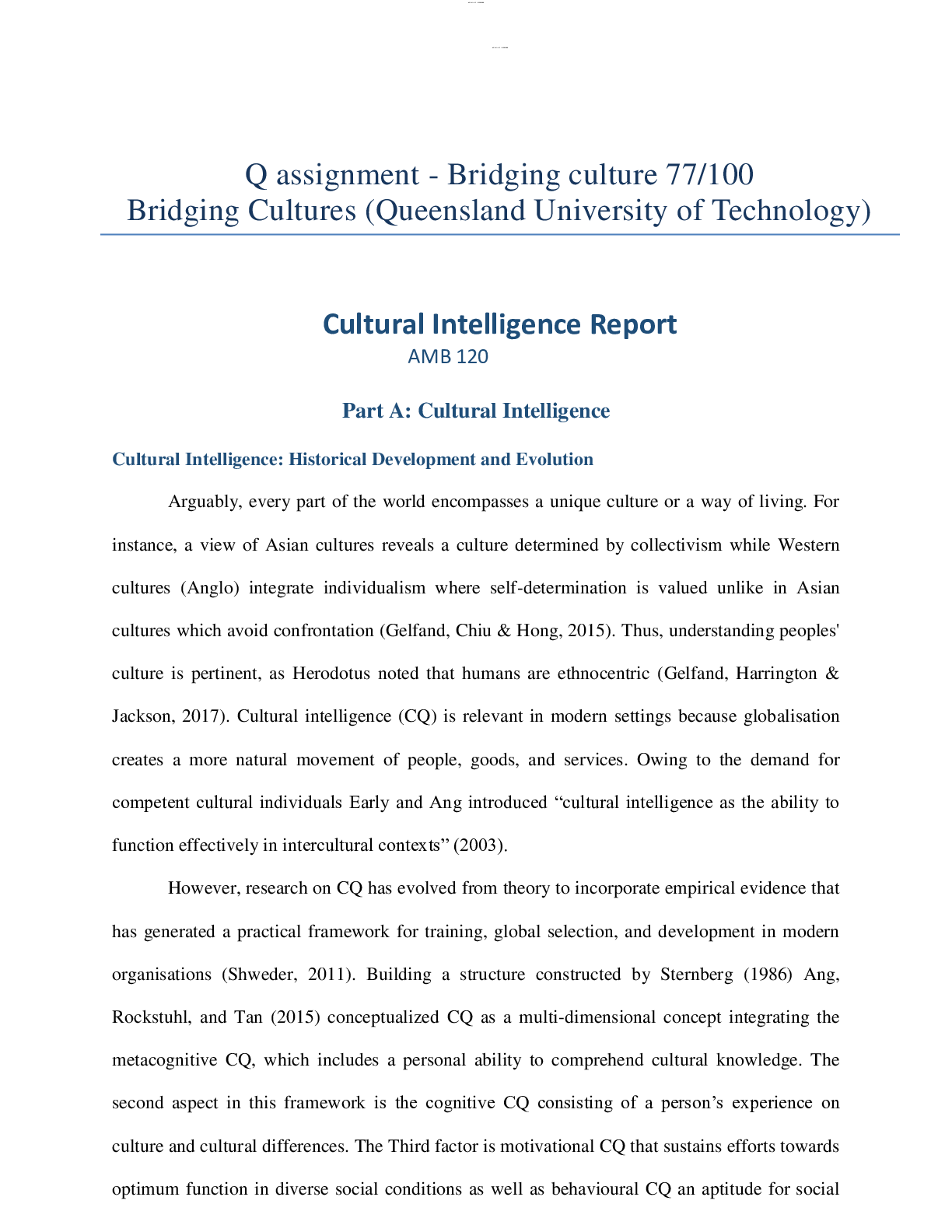
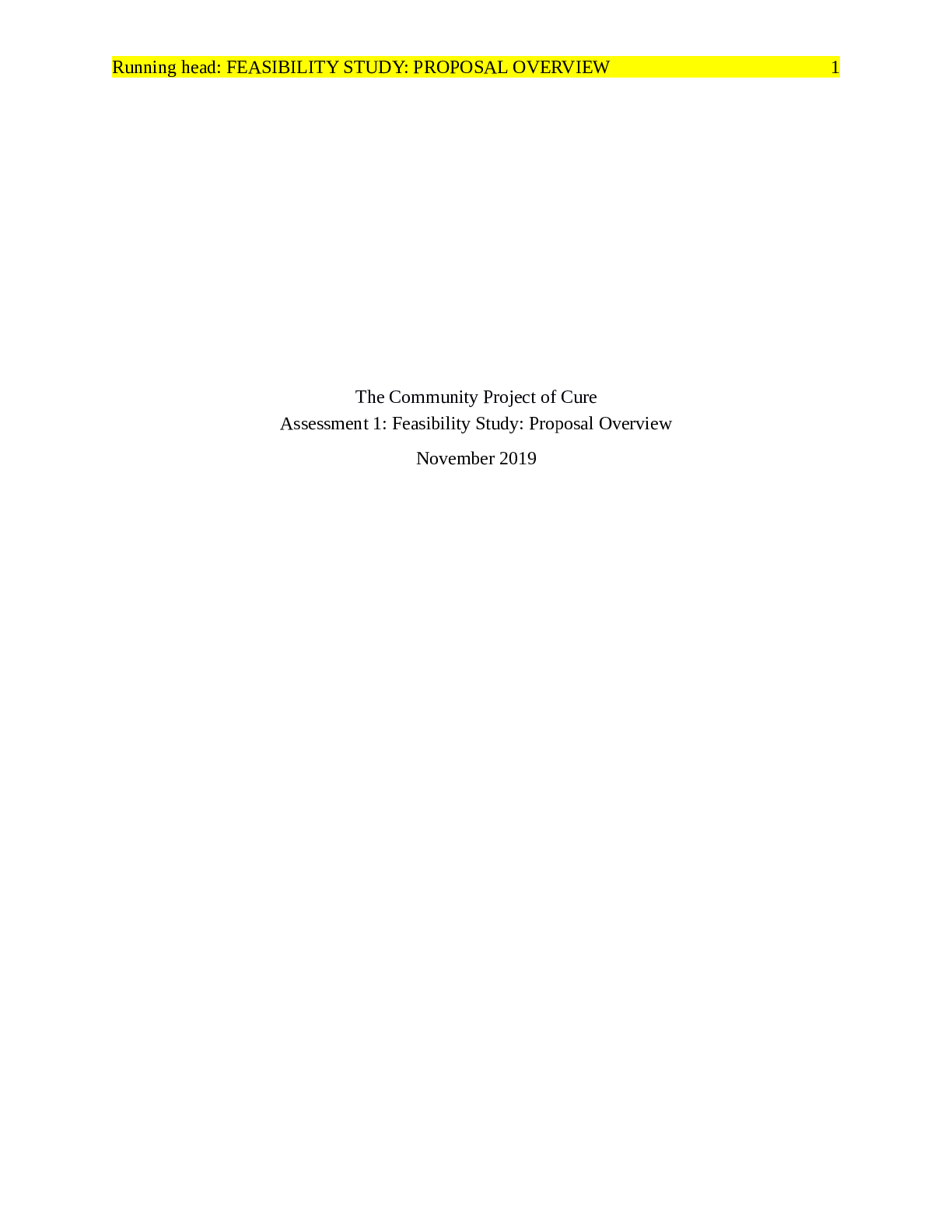



.png)
